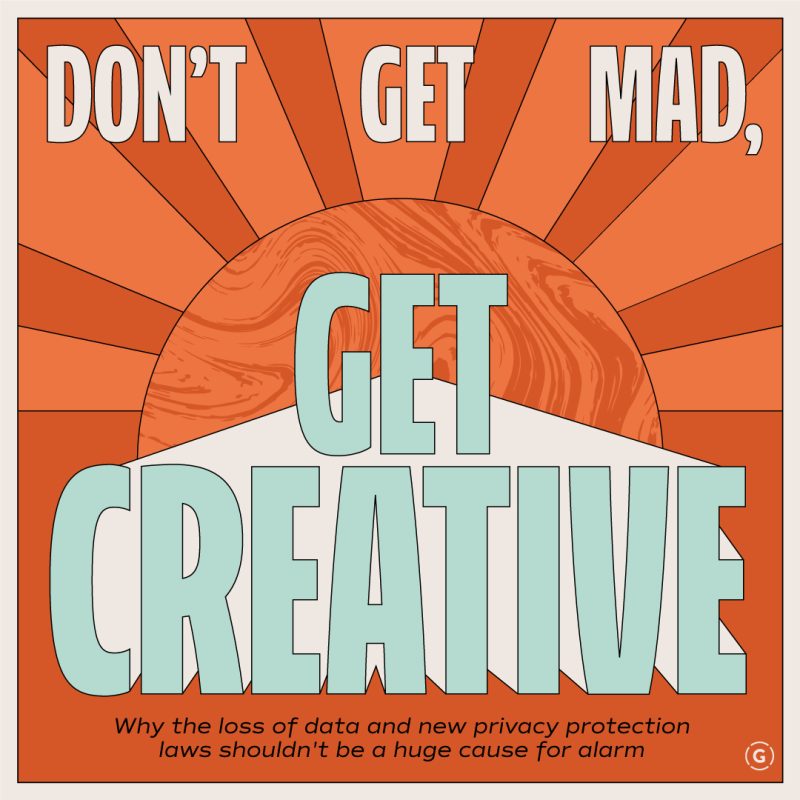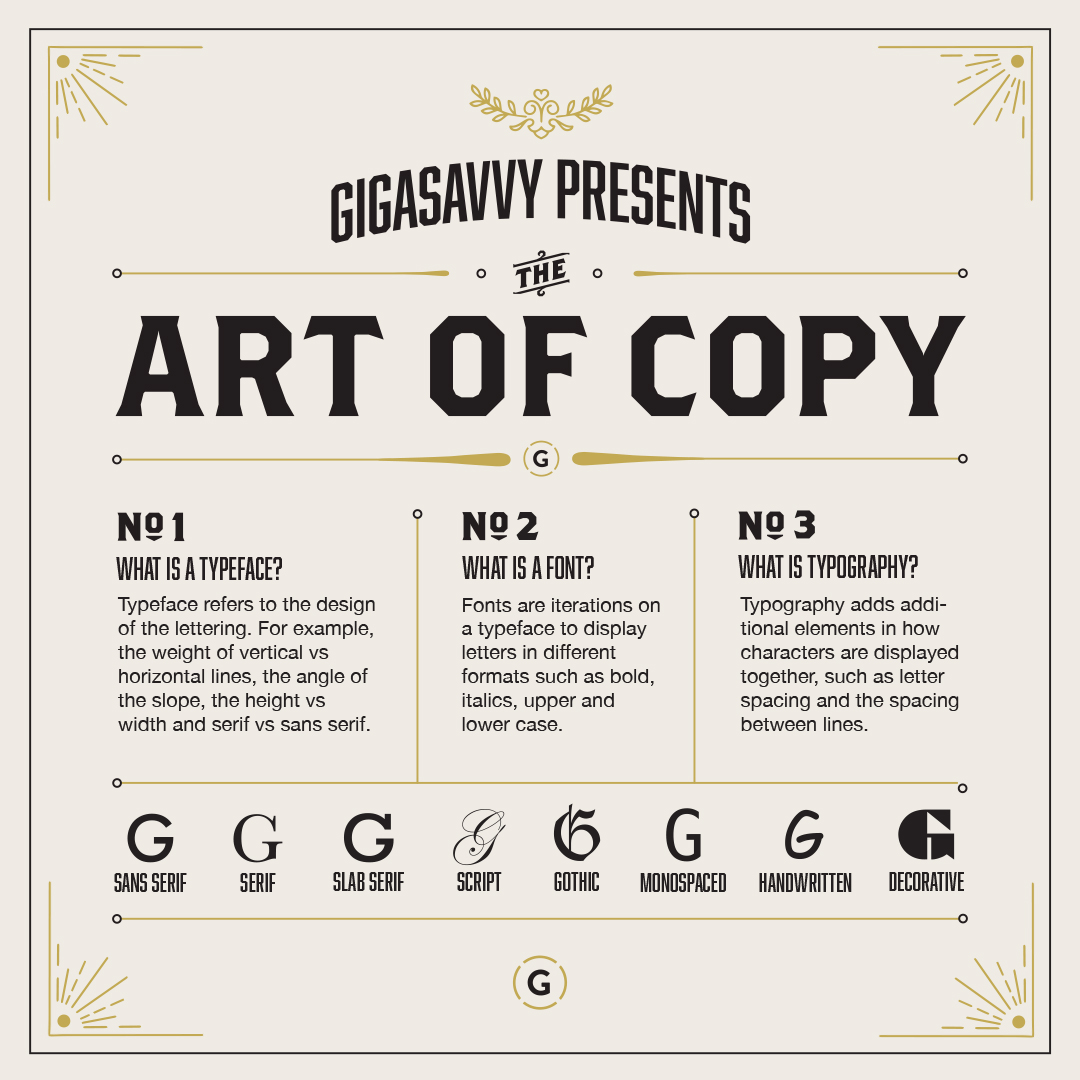Data Analytics Can Do Amazing Things… But Not Everything
No one can deny that modern analytic and programmatic marketing and advertising tools are incredible. They allow us to automate A/B testing, fine tune every detail of our creative to optimize for a desired KPI, run campaigns that are hyper-targeted to specific audiences, and show up exactly where and when the probability for conversion peaks.
The problem with the current overdependence on analytics, however, is twofold:
First, it’s not a great way to form a lasting connection. It’s more like Bill Murray’s character in the film Groundhog Day, attempting to seduce his coworker by learning her likes and dislikes, and testing out different approaches until he finds one that gets him closer to his goal. Even though she is not aware of what he is doing, she senses that something is off. She can tell that he is manipulating her and that his intentions aren’t genuine.
Consumers get that same feeling from brands that overuse hyperfine targeting and programmatic advertising. At first, they find it novel, even clever, when an ad hits them at an uncanny moment. They were just thinking about buying an electric toothbrush, and bam, there’s an ad for one right in their Instagram feed.
After several years of it, though, those eerily well-timed ads have become less charming and now feel more creepy and invasive. Shoppers don’t delight at being reached at just the right moment and place. They start wondering if these brands and platforms know them a little too well.
The second problem with our industry’s dependence on too many data-driven strategies and executions is that the endless buffet of cheap and accessible third-party consumer data is coming to an abrupt end.
The Era of Unlimited Access to Consumer Data Is Fading Fast
Consumer tracking is heading for a major inflection point. For starters, web cookies will start being phased out in 2023, forcing advertisers to rely on their own, far more limited stores of first-party data.
Additionally, Apple’s decision to promote itself as a leader in privacy by releasing its App Tracking Transparency feature in 2021 has sent shockwaves through major advertising platforms. Users that were formerly automatically opted-in to tracking were finally given an upfront opportunity to opt out — and they did, by a huge majority.
Upon the release of iOS 14.5, the first update of Apple’s operating system with App Tracking Transparency, 96-percent of U.S. users immediately said no to tracking. Facebook and Google, the two largest digital ad platforms in the world, immediately decried the move. Facebook’s parent company Meta’s stock took a massive hit in early 2022, and many analysts said Apple’s privacy decision was a big part of why investors were suddenly so bearish about their social media advertising.
Use Data to Enhance Human Insights, Not Replace It
Analytic processes are neat, organized, and predictable. They are designed to eliminate the chance of surprises. Consequently, data-based approaches all end up looking depressingly similar. In a crowded marketplace, our smartest marketing tools are ironically not a very smart way to differentiate a brand.
In contrast, creative processes are, by their nature, messy, free flowing, and driven by instincts that guide experimentation. When we are uninhibited in our ideation, there’s no telling where our thoughts will take us.
Ultimately, neither approach is as effective as harmoniously combining both. Now, with less access to data, brand managers are going to have to get better at reading between the lines of their analytics and reinvesting in their creative energies.
There is an expression in computer science: garbage in, garbage out. It means that no matter how powerful your analytic engine, you’ll never get anything of value out of it if you don’t feed it with something of substance to begin with. In creative fields like marketing, you still need freethinkers, artists, and intuitives to dream up beautiful, raw material that’s worthy of optimizing with data-backed strategies.
The Way Forward
Though these changes might strike fear in the hearts of some in marketing today, we at Gigasavvy welcome them. We embrace digital technologies and use them to hone our creative executions — but we never forget that it is our creativity and ideation that makes us so potent.
The important thing here, as is so often the case, is balance. We may be artists, but we’re commercial artists. We don’t create art for art’s sake. We use strategy to guide our creative output. But by the same token, we can’t let our strategic objectives box us in too tightly.
Gigasavvy is built by creatives that draw insights from the world and then sharpens them with data. We know that the best brand strategies are never black and white. They are nuanced and informed by human interpretation.
Data cannot truly comprehend the human condition for the simple reason that it’s not human. It can only ever make an approximation. If you focus too closely on business goals you’ll lose sight of the person on the other end of the relationship — and they’ll feel that disconnect..
Perhaps, the day will come when the intuition of AI systems are on par with that of living, breathing, passionate people — who can tap into the collective unconscious and experience ineffable flow states of pure creativity — but judging from the quality of the latest chatbots, we have a ways to go.
Marketers have spent so much time and energy getting to the right place at the right time that they neglected to focus on the messages they were sending. They forgot it was their job to immerse themselves in the fundamentals of brand building, creating awareness, thinking deeply about what makes a product special and desirable, and cultivating authentic relationships.
Access to cheap and plentiful data made too many creatives lazy, and now many of them are going to have to relearn the skills and instincts they let atrophy. But Gigasavvy is more than prepared, and we welcome the challenge. We’ve never settled for the low hanging fruit; we’ve always aspired for more, and we always will.
Gigasavvy is a forward-looking creative agency partner that uses brand strategy, creative development and video content creation to help growing brands tell their story and connect authentically with their audiences. We believe every brand has a compelling story to tell. Contact us to help you tell yours.



